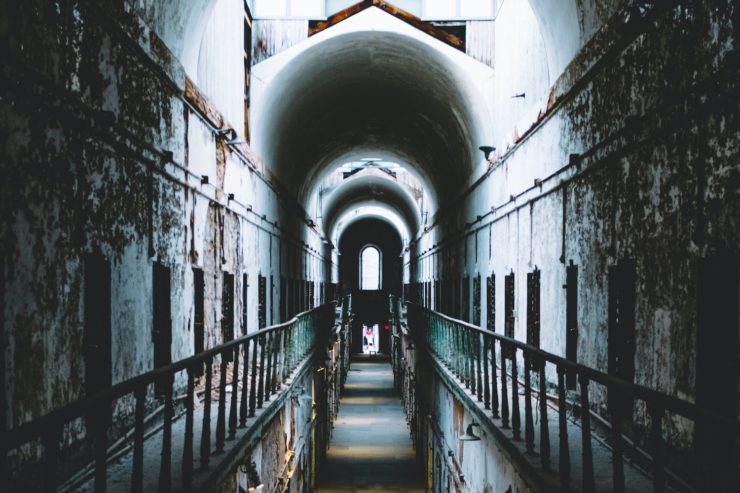I recently reached a long-awaited milestone: my child became old enough to watch ‘90s witch classic The Craft with me. Remember that scene where unstable-goth-icon Nancy explains the nature of their deity, Manon? If God and the Devil played football, she explains, eyes alight with teenage mania, Manon would be the field they played on.
And because I’m always teaching and thinking about narrative—and because even if I show my tween “edgy” movies, I’m a nerd—I thought: that’s exactly how place functions in stories. Character and plot are here tossing the ball (or whatever football players do), but they don’t exist without place.
I don’t mean that in a literal sense—that a story needs a stage on which to unfold. I mean that place infuses and animates everything; I mean that place is an embodiment of character and conflict.
Think about it this way: My kid and I live in the same house, but we don’t experience the house in the same way. My classroom isn’t the same as my students’ classroom. The exam room is different to me than it is to my doctor. An unmade bed can be a chore or a haven; a seminar table can confirm authority or incite insecurity; a stethoscope can be a cold coin on your skin or a soft rhythm in your ears.
Similarly, a story environment—if built properly—provides opportunity for a character to battle with, and perhaps overcome or transcend, their flaws and needs. Climb the mountain to prove your strength. Plant the best garden in the neighborhood to chase respect. Explore the haunted attic to confront your past.
As a fan and writer of scary stories, I’m also obsessed with how places can terrify us. If a story is about a character fighting their demons, then place isn’t a football field, but hell.
Buy the Book
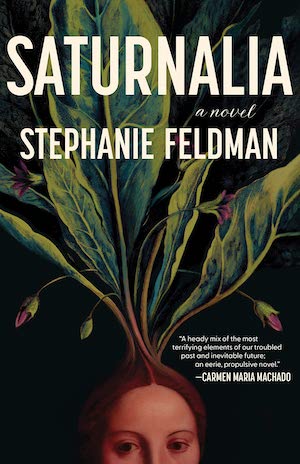

Saturnalia
In my new novel, Saturnalia, hell is a climate-wrecked and socially-stratified Philadelphia. There are monsters—literal monsters, and a couple of ex-boyfriends who qualify—but this Philadelphia is frightening because of how it threatens the protagonist, Nina, in a very particular way. Nina’s ambitious but insecure, withdrawn but desperate for companionship, and certain there’s no place for her in this changing world. Every parade float, trolley car, and museum—every friend, enemy, and creature—reminds her of that.
What could be scarier than an obstacle course of your deepest fears?
Here are five novels that prove place is everything in horror.
(p.s. The kid thought The Craft was “okay.” My narrative-completing epiphany: Resist nostalgia.)
Fever Dream by Samanta Schweblin
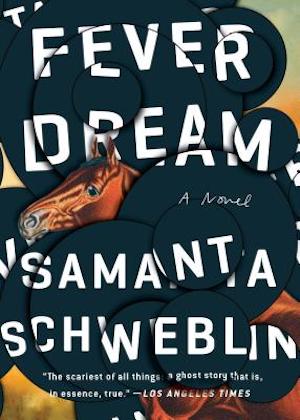
I finished this Booker International finalist by Argentine author Samanta Schweblin in a single night. The novel takes the form of a hospital-bed interrogation as the narrator, Amanda, struggles to make sense of how her country-weekend with her child ended in fatal circumstances. Amanda has an intense protective urge, which flares when she and her daughter arrive in a small town where most children aren’t “born right,” workers unload mysterious drums of liquid, and the local healer’s help incurs an enormous cost. Fever Dream’s houses, a familiar and powerful tool for blowing up the domestic psyche, are set in a polluted environment—inspired by true stories of toxic pesticides poisoning Argentine populations.
Goddess of Filth by V. Castro
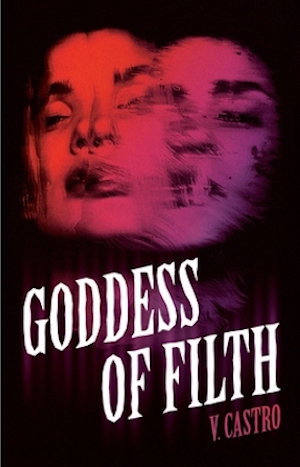
This short novel is the opposite of a fever dream: it’s a vivid, in-your-face, and genuinely filthy tale of a teenager possessed by an Aztec goddess. Narrated by Lourdes, who leads a crew of three bruja-wannabe friends (they like The Craft, too) and the professor they recruit, V. Castro’s Goddess of Filth is deeply informed by contemporary Chicano Los Angeles and indigenous history and spirituality. It’s a coming-of-age horror story, when coming-of-age means confronting class barriers, the loss of your legacy heritage, and how colonizer-culture has alienated you from your own body. The body itself—and everything that goes in and out of it—is its own confounding landscape.
Innocence by Jane Mendelsohn
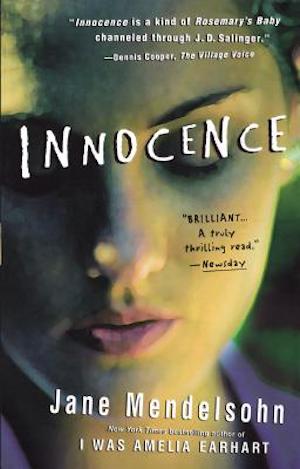
Beckett, the protagonist of Jane Mendelsohn’s Innocence, lives in a very different milieu than Lourdes from Goddess of Filth. Her story begins with a move to the Upper East Side and enrollment in an elite private school. Soon Becket discovers three dead classmates, a predatory school nurse, and a blood-drinking cult. The horror, here, lies in what this place—not luxury apartments east of the park, but the rigid society that inhabits them—demands of women: perpetual youth and sacrificing health for beauty. Innocence also exemplifies place-as-character, with a kaleidoscopic and bloody Manhattan that embodies Beckett’s mental unraveling and physical transformation.
Leeches by David Albahari
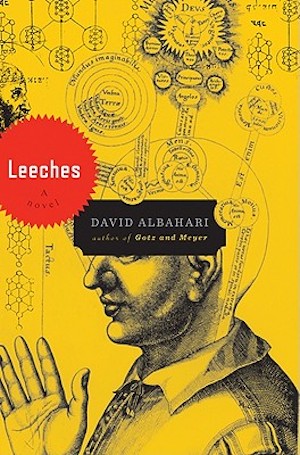
Serbian-Canadian author David Albahari isn’t known as a horror writer, but his books are unshakably disturbing. Leeches is set in 1990s-era Zemun, a town that’s now part of Belgrade, and tells the story of a journalist who discovers a covert struggle between anti-Semitic and Jewish factions. That conflict soon erupts into violence, which the journalist may be able to stop with a mystical Kabbalistic text called The Well. The creepy elements here—secret societies, stalking, a psychologically unraveling narrator—are familiar, but they’re sharpened to a brutal point by Serbian and European history, both recent—the Yugoslav Wars of the ‘90s—and longstanding—the region’s unrelenting campaigns against Jews.
Jackal by Erin E. Adams
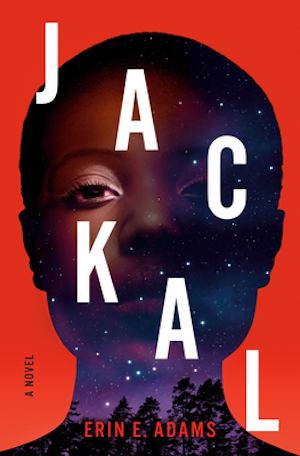
Erin E. Adams’ debut, Jackal, is about missing Black girls and the hunter—human or otherwise—that’s been targeting them for years. Crime stories about violence against Black women could, sadly, be set in any number of U.S. locales, but Adams takes advantage of her western Pennsylvania setting. The novel unfolds in Johnstown, a small town outside of Pittsburgh that may be most famous for a deadly early-20th century flood—but should be known as another American city that waged war against its Black community. Jackal’s power comes from its portrayal of the Johnstown-within-Johnstown—the Black neighborhoods and networks that the white residents barely see; the horror builds as one Black woman ventures into the woods and forces everyone to see what they’ve done.
Stephanie Feldman is the author of the novels Saturnalia (forthcoming, Oct. 11, 2022) and The Angel of Losses, a Barnes & Noble Discover Great New Writers selection, winner of the Crawford Fantasy Award, and finalist for the Mythopoeic Award. She is co-editor of the multi-genre anthology Who Will Speak for America? and her stories and essays have appeared in Asimov’s Science Fiction, Catapult Magazine, Electric Literature, The Magazine of Fantasy & Science Fiction, The Rumpus, and Vol. 1 Brooklyn. She lives outside Philadelphia with her family.










